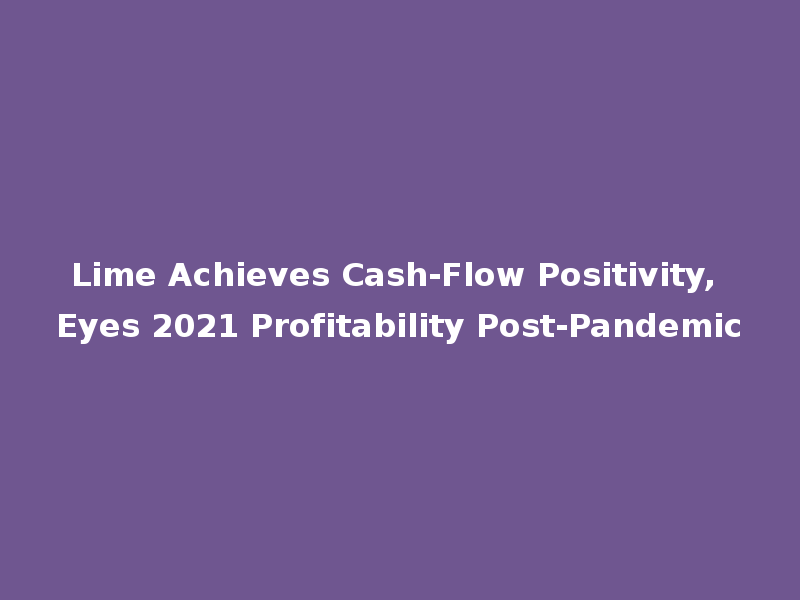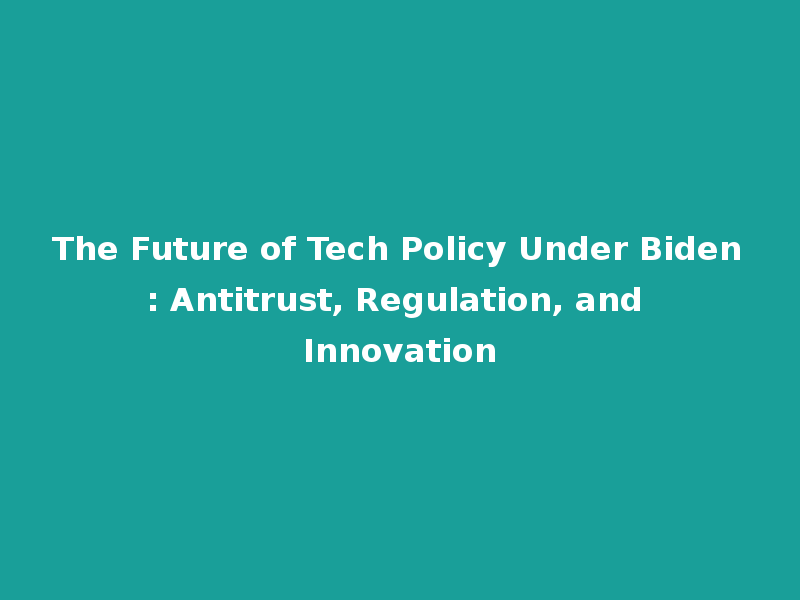Facebook’s AI Advancements in Tackling Misinformation and Hate Speech
Facebook continues to refine its AI-driven systems to combat the persistent challenges of misinformation and hate speech on its platform. While the battle is far from over, the company’s latest technological improvements demonstrate its commitment to creating a safer online environment.
Key AI Enhancements for Content Moderation
In a recent update, Facebook CTO Mike Schroepfer detailed the company’s progress in developing more sophisticated AI tools to detect and remove harmful content before it reaches users or even human moderators.
Improved Language Analysis Systems
- Enhanced detection capabilities for subtle forms of hate speech
- Reduced false positives through more nuanced understanding of context
- Balanced approach to avoid over-censorship while maintaining platform safety
Facebook faces particular challenges in hate speech detection, where content can be:
- Highly contextual
- Easily modified by single word changes
- Culturally specific in interpretation
The Linformer Breakthrough
To manage the enormous computational demands of scanning billions of daily posts, Facebook developed Linformer (“linear” + “transformer”). This innovative solution:
- Approximates transformer-based language model mechanisms
- Delivers comparable performance with significantly reduced resource requirements
- Enables comprehensive first-pass scanning without compromising accuracy
Multimodal Content Understanding
Facebook is making strides in analyzing complex content combinations:
- Text within images (fake screenshots, manipulated memes)
- Visual misinformation (altered news graphics)
- COVID-19 related falsehoods (e.g., fabricated studies about mask dangers)
These advancements help detect manipulated content even when visual changes are minimal but meaning is significantly altered.
Measuring Success: The Prevalence Metric
Facebook now tracks hate speech prevalence in its quarterly Community Standards Enforcement Report, defined as:
“The percentage of times people see violating content on our platform”
Initial measurements show:
- 0.10% to 0.11% prevalence (July-September 2020)
- Equates to 10-11 hate speech views per 10,000 content views
Ongoing Challenges and Limitations
While these technical improvements represent significant progress, challenges remain:
- Regional variations in content moderation effectiveness
- Evolving tactics by bad actors to circumvent detection
- Cultural context requirements for accurate interpretation
- Policy implementation gaps in high-risk areas
As Schroepfer noted, the ultimate measure of success is reducing actual user exposure to harmful content, not just removal statistics. Facebook’s AI teams continue to refine their systems, but as the CTO acknowledged, technical solutions alone cannot address all aspects of this complex challenge.












